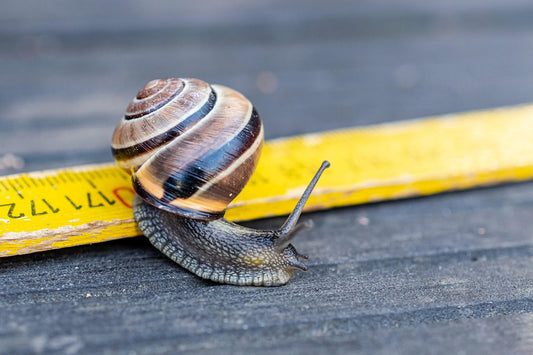The big secret
by Paul McGowan
Sorry about yesterday's late post, there was a computer glitch with the server but all's well now.
I promised in that post to let you in on a secret method to making sure your subwoofer integrates with your system well and it's a two part solution: start low and start low.
I know, but I couldn't resist. The first start low is with the frequency. Even if you plan on crossing over your sub at a higher frequency, perhaps 80Hz or so, don't use that as your starting point. Why? Because there will be too many variables to get right. Turn your sub's low pass filter - this is the filter that rolls off the top of the woofer - to no more than 60Hz, preferably more like 40Hz or 50Hz.
The second keep-it-low is the volume. Perhaps the single biggest problem I see with sub setups is the volume is just too high. Start low and creep your way up - if you hear the sub working as a separate entity it's too high in volume. Subs should never standout out.
In fact, a proper sub never sounds like it's even working in the system. Perfectly setup, a subwoofer is like a behind the scenes coach making the star look great, all the while never taking credit. This is a careful balancing act to give the illusion that your main speakers go down to subterranean levels and can shake the room on appropriate music - it should never sound like it's coming from the subwoofer itself.
My favorite setup piece for this sort of exercise is a pipe organ. Why? Because it's a fixed instrument that has specific notes and levels that should reproduce properly in your room. Other bass instruments that are acceptable to me include a bass drum in an orchestra, such asMahler's First - the one I have included a link to is by the ever talented Peter McGrath and the bass drum whacks on the 4th movement are perfect. However, I would still stay with the organs because the sustained notes are what make it a lot easier to adjust. My favorite setup piece is the Boston Symphony Saint-Saëns Symphony no. 3, track 3,but I am sure there are many other greats like Reference Recordings Pomp and Pipesand so on.
Here's the deal - you need a known reference instrument recorded well to make this work for you - and if you're sure what you have is authentic and "real" - meaning an authentic instrument of some type that goes down to 20Hz - then that's perfect.
Tomorrow we'll see how all this comes together but just remember, easy does it.
- Choosing a selection results in a full page refresh.
- Opens in a new window.








